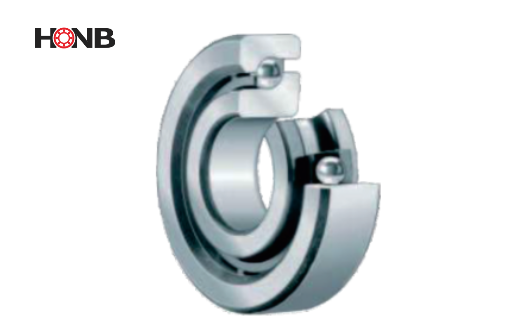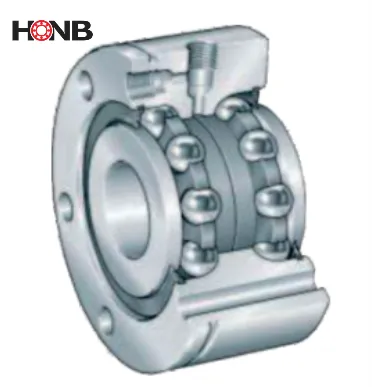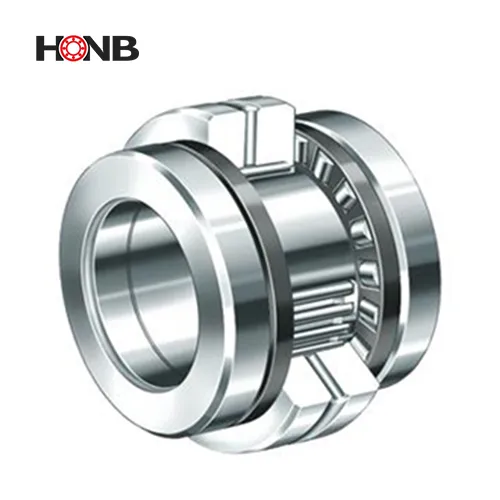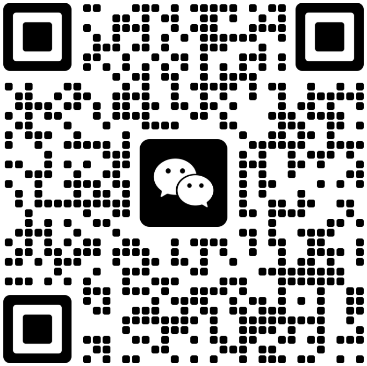7602 Series 7603 Series BS Series

The nominal contact angle is 60°. This bearing can withstand large axial loads in a single direction and certain radial loads. It is usually used in groups.
The bidirectional thrust angular contact ball bearing can bear force in both directions, can withstand heavy loads, has high rigidity, and is particularly in line with the high-precision requirements of modern precision machinery. This bearing has two structures: one with mounting holes on the outer ring and one without mounting holes. The structure with mounting holes can be directly installed on the adjacent structure by bolts. This structure eliminates the need to machine the bearing end cover to match the bearing, so it is particularly economical.

The needle roller/thrust cylindrical roller bearing adopts a combined structure of a needle roller bearing with a thickened outer ring and a two-row thrust cylindrical roller bearing. It can withstand greater radial/axial loads and has higher radial/axial rigidity. The inner ring, outer ring and cylindrical roller and cage assembly match each other, so a precision locking nut can be used to apply a given axial preload to the bearing. This bearing has two types: one with mounting holes on the outer ring and one without mounting holes on the outer ring. The bearing with holes is directly installed on the adjacent structure through the cap bolt. The contact surface is large and the hole spacing is small. Therefore, the connection rigidity with the adjacent structure is very high and the fixing effect is good. The bearing end cover and matching parts originally required to fix the bearing can also be saved. If the axial adjacent space of the shaft ring is insufficient or sealing is required, a bearing with an extended stepped shaft ring can be selected.


